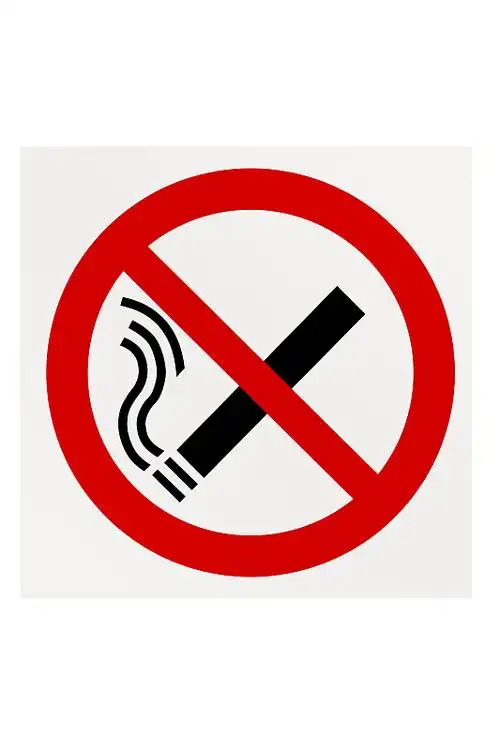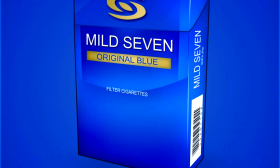Tobacco Smoke: An Unseen Aggravator in Henoch-Schönlein Purpura Nephritis
Henoch-Schönlein Purpura (HSP) is often perceived as a childhood illness, a vascular inflammation that typically resolves with minimal long-term consequences. However, for a significant subset of patients, particularly adults, the story takes a more serious turn when the kidneys become involved. This condition, known as Henoch-Schönlein Purpura Nephritis (HSPN), represents the most severe and potentially chronic manifestation of HSP. While the exact triggers of HSP remain an area of active research, focusing on immune dysregulation and responses to infections, a growing body of evidence points to a critical, modifiable environmental factor that can dramatically influence the course of the disease: tobacco use. It is increasingly clear that tobacco acts as a potent inducer of renal function deterioration in patients with HSP, transforming a often-manageable condition into a pathway toward chronic kidney disease.
To understand how tobacco exerts its damaging effects, we must first grasp the basics of HSPN. HSP itself is an IgA-mediated vasculitis, meaning that immune complexes containing Immunoglobulin A (IgA) deposit in the walls of small blood vessels, causing inflammation. When these deposits occur in the glomeruli—the intricate filtering units of the kidneys—HSPN ensues. The initial renal involvement can range from mild blood and protein in the urine (hematuria and proteinuria) to rapid declines in kidney function, evidenced by a rising serum creatinine level and a falling estimated Glomerular Filtration Rate (eGFR). The primary goal of managing HSPN is to control this inflammation, prevent scarring (fibrosis), and preserve the long-term functional capacity of the kidneys.
This is where tobacco smoke, a complex cocktail of over 7,000 chemicals, enters the picture as a formidable adversary. Its role is not necessarily in initiating HSP in every case, but rather in creating a perfect storm within the body that exacerbates existing renal injury and accelerates functional decline. The mechanisms are multifaceted and interconnected.

Firstly, tobacco smoke is a powerful driver of systemic oxidative stress and endothelial dysfunction. Nicotine and other toxic compounds directly damage the delicate endothelial cells that line the inside of blood vessels, including those within the glomeruli. This damage reduces the vessels' ability to dilate properly and creates a pro-inflammatory state. For a kidney already under attack from IgA immune complexes, this additional insult is significant. It intensifies the vascular inflammation central to HSP, making the renal blood vessels more permeable and vulnerable to further injury. The constant barrage of oxidative stress from smoking depletes the body's natural antioxidants, leaving renal tissues defenseless against reactive oxygen species that damage cellular structures, including proteins, lipids, and DNA.
Secondly, and perhaps most critically, tobacco smoke has a profound impact on the immune system, which is already dysregulated in HSP. Studies have shown that smoking can alter IgA production and glycosylation. The problematic IgA in HSP is characterized by abnormal glycosylation patterns, which is thought to make it more likely to form deposits in tissues. By potentially influencing this process, tobacco smoke may increase the burden of pathogenic IgA, leading to more extensive deposition in the glomeruli. Furthermore, smoking promotes a general state of immune activation, increasing the levels of various pro-inflammatory cytokines like Tumor Necrosis Factor-alpha (TNF-α) and Interleukin-6 (IL-6). This creates a feed-forward cycle of inflammation: the initial HSP-related inflammation is amplified by the smoke-induced inflammation, leading to more severe kidney damage.
Another key mechanism lies in the hemodynamic effects of nicotine. Nicotine causes vasoconstriction—the narrowing of blood vessels. In the kidneys, this means a reduction in renal blood flow and perfusion pressure. For glomeruli that are already inflamed and struggling to filter blood efficiently, this reduced blood flow can be the final push into functional failure. It places an additional strain on the nephrons, potentially accelerating the progression of scarring and the decline of the eGFR. This is a direct link between lighting a cigarette and imposing a measurable, physical stress on the compromised kidneys of an HSP patient.
The clinical evidence supporting this link, while still expanding, is compelling. Research and patient observations consistently show that HSP patients who smoke or are exposed to secondhand smoke tend to have more severe renal presentations at diagnosis. They are more likely to present with higher levels of proteinuria, which is a strong predictor of poor long-term renal outcomes. Their eGFR is often lower at baseline compared to non-smoking HSP patients. More importantly, the trajectory of their disease is less favorable. Smokers with HSPN show a poorer response to standard immunosuppressive therapies, such as corticosteroids. The disease is more likely to follow a relapsing course, with repeated flares of activity that cumulatively chip away at renal function. The long-term risk of progressing to advanced chronic kidney disease (CKD) or even end-stage renal disease (ESRD) requiring dialysis is significantly higher in this population. This underscores the concept of tobacco as a major risk factor for poor prognosis in IgA vasculitis with kidney involvement.
Addressing tobacco use, therefore, is not a secondary lifestyle suggestion; it must be considered a cornerstone of medical management for any HSP patient, especially one with renal involvement. For a patient newly diagnosed with HSPN, the single most impactful action they can take for their kidney health is to stop smoking immediately and completely. This also extends to avoiding all sources of secondhand smoke, as the inhaled toxins are similarly harmful. The benefits of smoking cessation in this context are profound. Quitting tobacco can:
- Reduce the systemic inflammatory burden.
- Improve endothelial function and renal blood flow.
- Lower the degree of proteinuria.
- Potentiate the positive effects of prescribed medications.
- Ultimately, slow down or even halt the progression of renal function deterioration.
Healthcare providers have a crucial role in framing this message effectively. Instead of a simple "you should quit," the explanation should connect the action directly to the disease: "We are starting you on medication to calm the immune attack on your kidneys. However, every cigarette you smoke is actively working against that medicine, inflaming your blood vessels and reducing blood flow to your kidneys. Stopping smoking is as important as the pills you take."
In conclusion, viewing Henoch-Schönlein Purpura through the lens of its renal complications reveals a critical interaction between a dysregulated immune system and environmental triggers. Tobacco smoke emerges not as a passive bystander but as an active inducer and accelerator of kidney injury in HSP. Its actions—fueling oxidative stress, exacerbating immune dysfunction, and impairing renal hemodynamics—create a hostile environment that promotes the progression from HSPN to chronic kidney disease. For patients and their families, understanding this link is empowering. It provides a clear, actionable target for intervention. In the challenging journey of managing HSP, quitting tobacco represents a powerful, evidence-based step toward preserving renal function and securing a healthier future, free from the added burden of smoke-induced damage.










